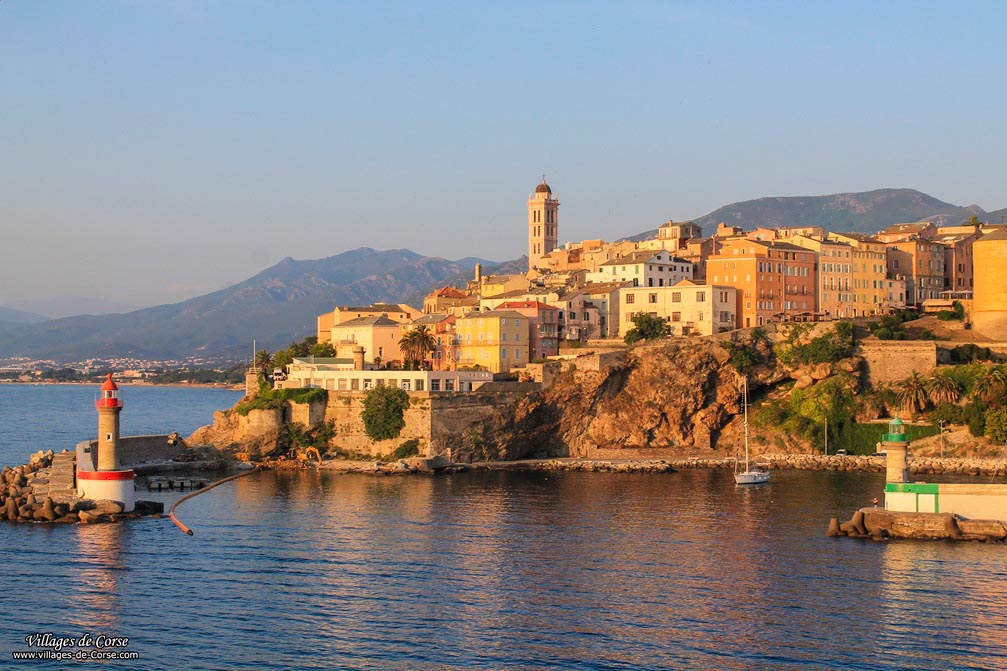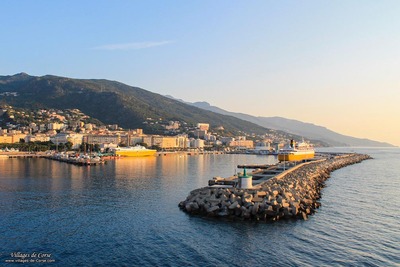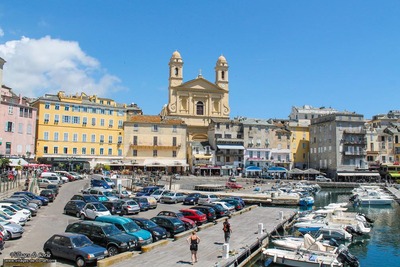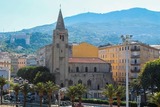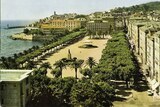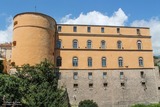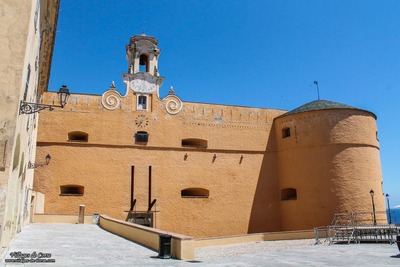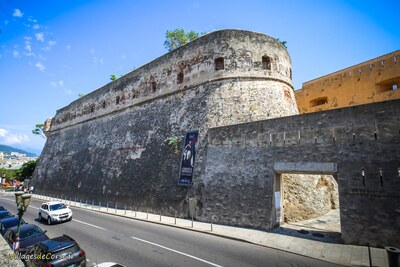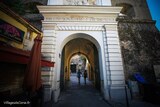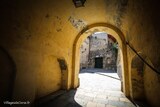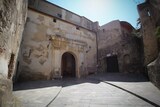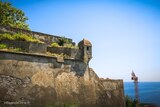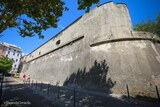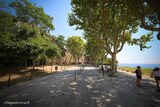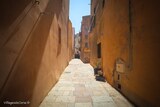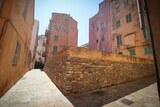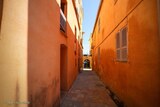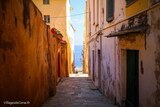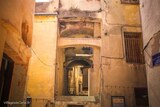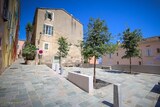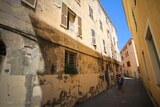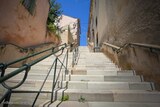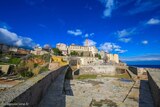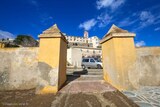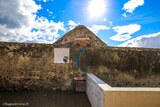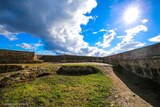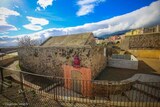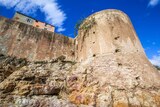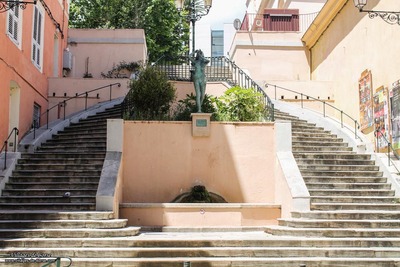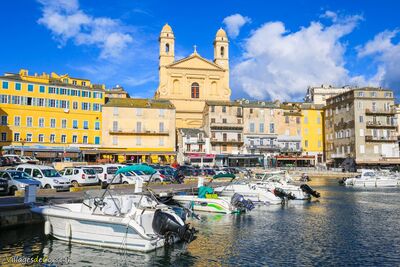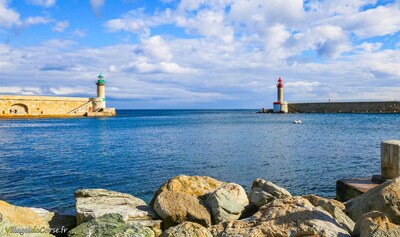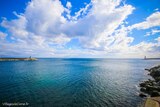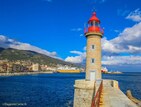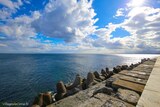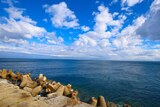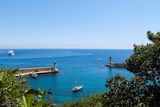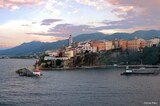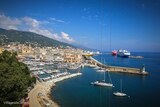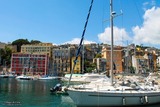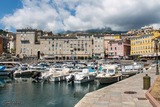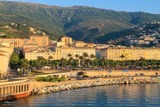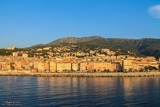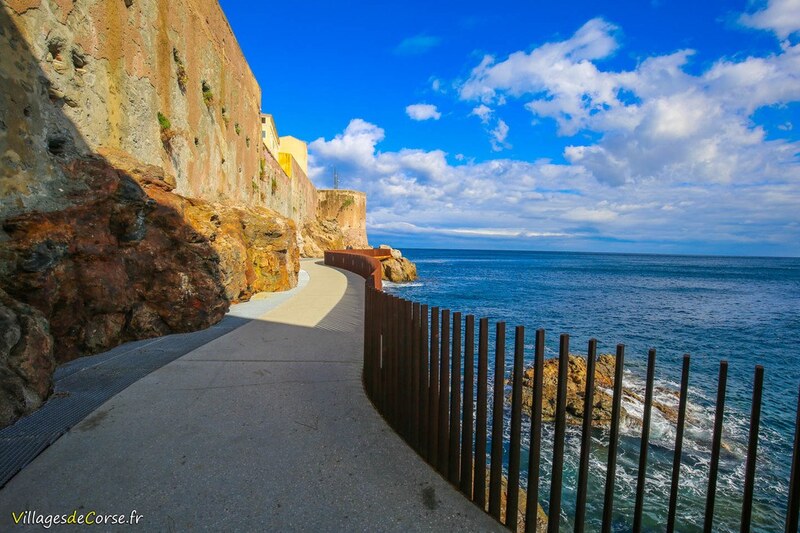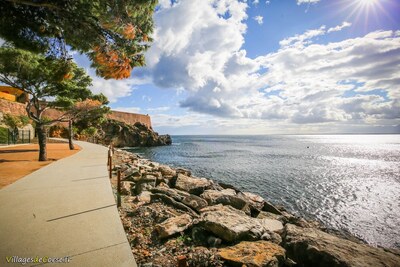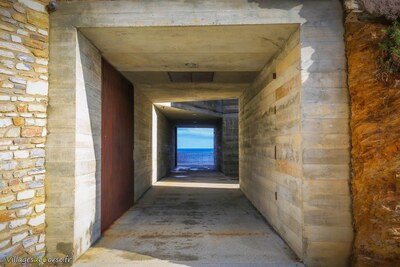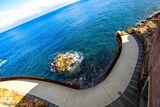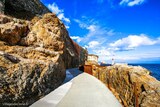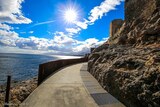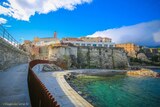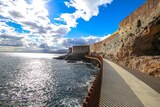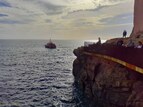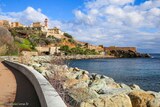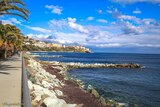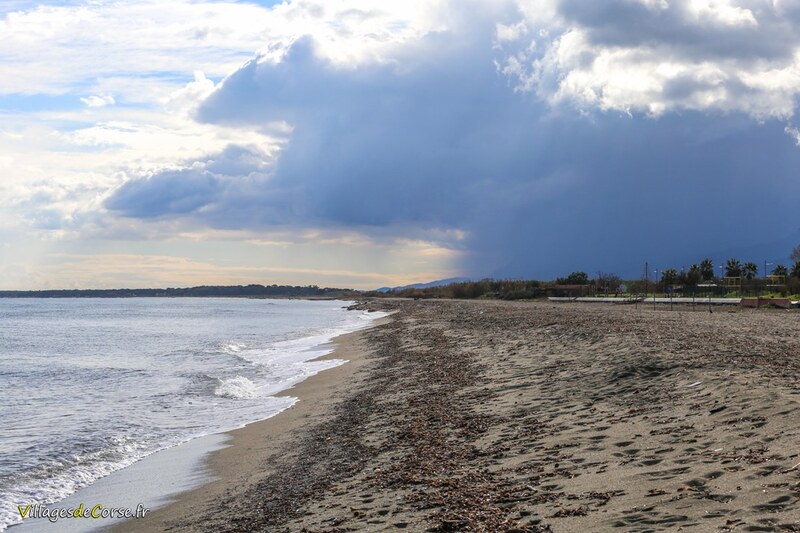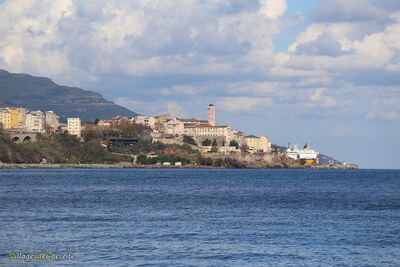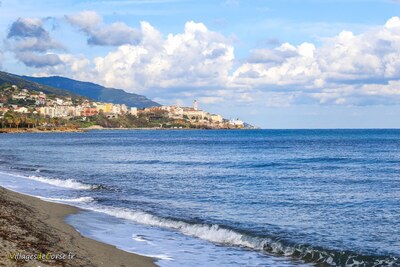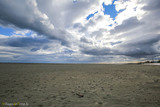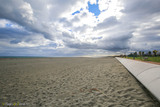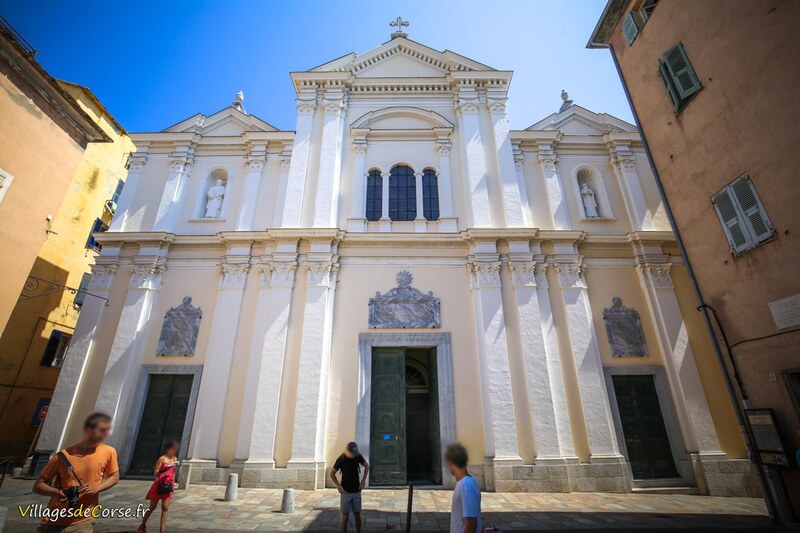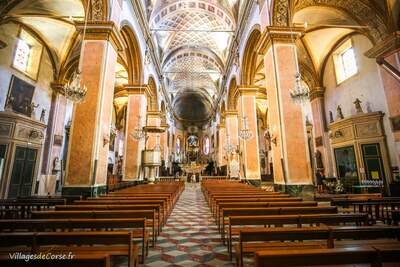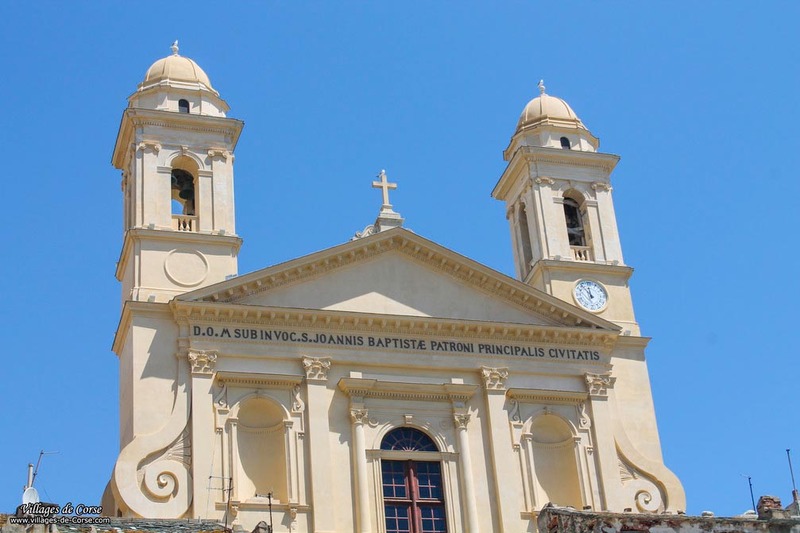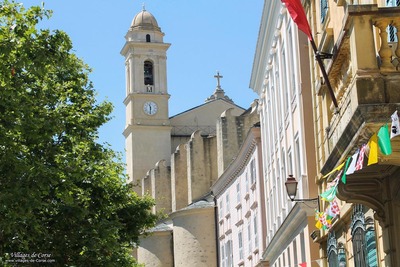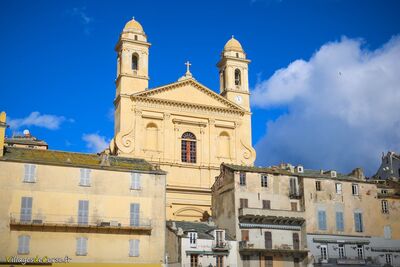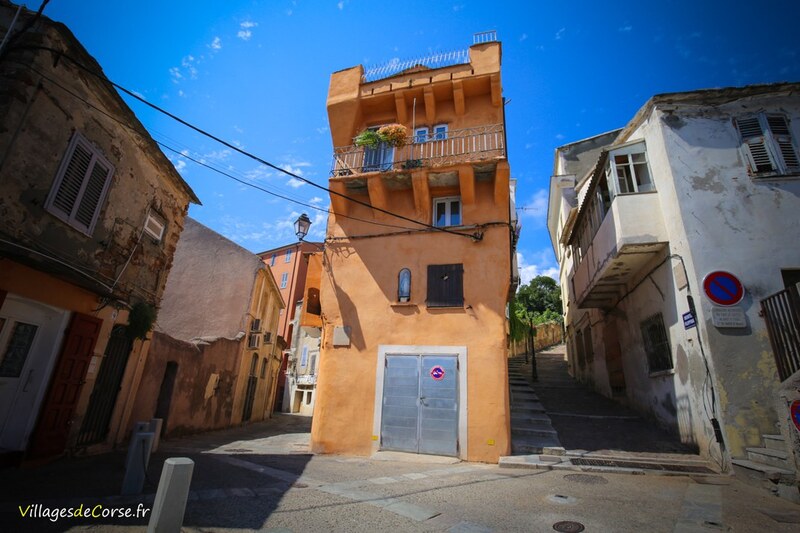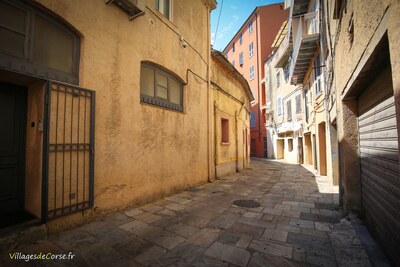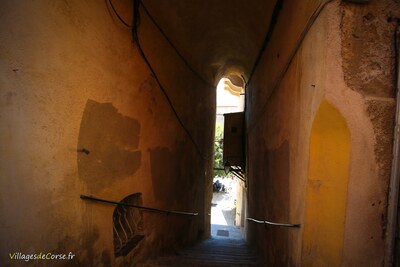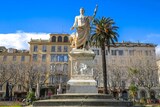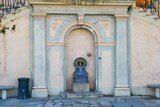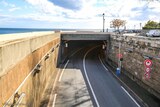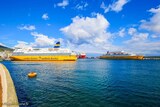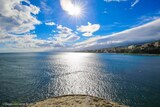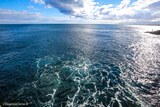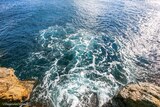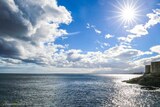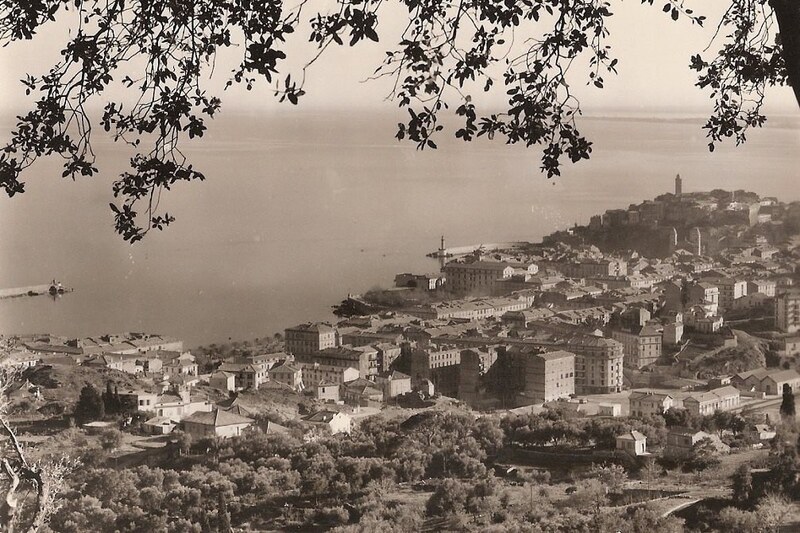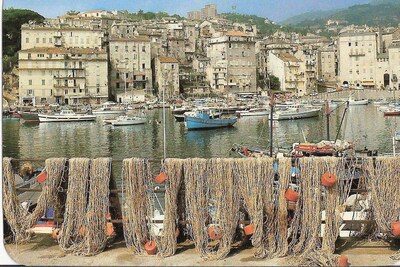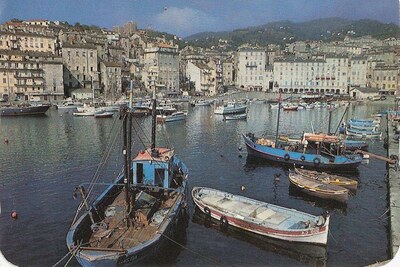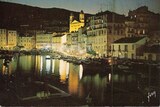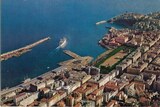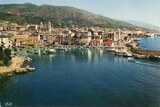- Villages
- Grand Bastia
- Bastia
Bastia
Bastia, 47459 PopulationInsee Bastia 0 to 963 meters 1938 hectares
To discover Bastia (Grand Bastia) - Google Map

Aldilonda
Coastal paths
A Terrace Overlooking the Mediterranean
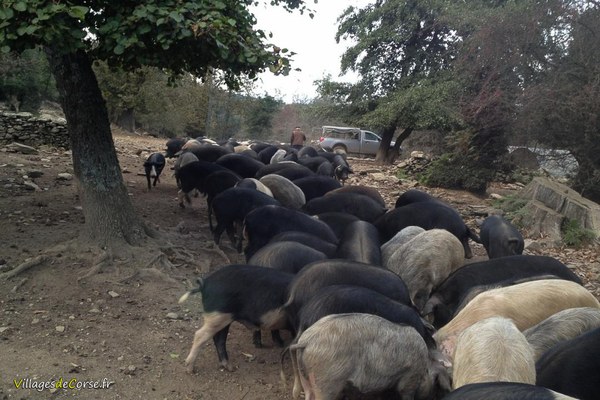
Allevu u Porcu Cappusgiu
Corsican charcuterie
Charcuterie corse AOP - Mail order
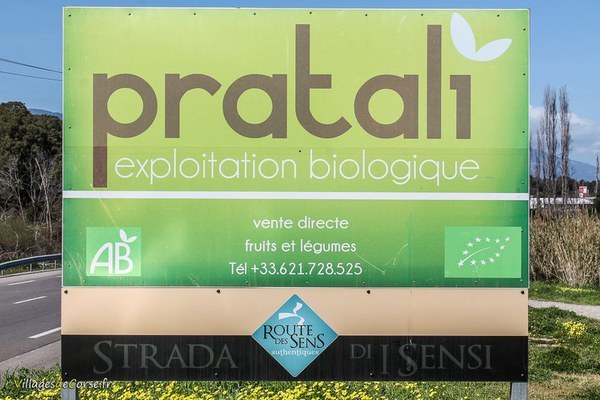
Pratali
Market gardener
Organic market gardening Corsica - Fruits and Vegetables - Folelli and Bastia
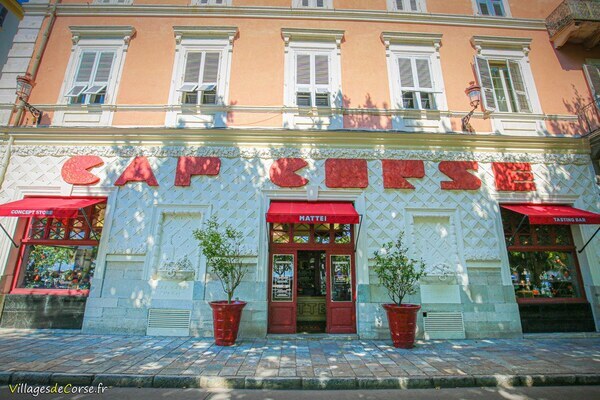
Mattei Concept Store
Wine Merchant
Mattei, Corsican, and International Products - Wine Merchant
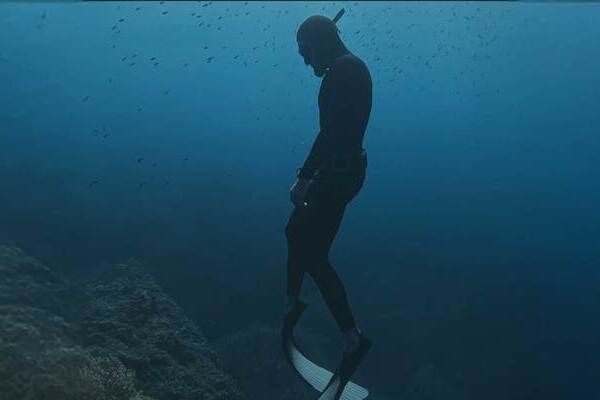
Cala di Mare
Freediving school
Freediving school in Bastia for beginners and experts

Arinella playground, Bast..
Playground
Playground for children aged 5 to 12 - Football/basketball pitch - Training equipment

Bastia Citadel Park
Playground
Playground at the Bastia Citadel
Places to Visit in Bastia
Former capital of Corsica, Bastia is the second most populous city on the island after Ajaccio.
Capital of Corsica under Genoese Occupation
Today the second most populous city in Corsica, Bastia owes its development and much of its history to the Genoese occupation, which until 1768 granted it the status of capital of the island, particularly due to its direct access by sea. Built on a rocky promontory above the waves, the city was constructed and fortified from the 14th century, with its Citadel mentioned in 1378.
When Cardo Dominated the Region
The multiple invasions and incursions on the island had led populations to leave the coast to seek refuge inland and on the heights. Before the Genoese, Bastia was a maritime outpost of Cardo, a dynamic village perched on the heights that was only attached to the city of Bastia in 1844. Cardo retains all the characteristics of a village, with its tightly packed houses between which narrow, steep alleys weave, accessible only on foot, all with a breathtaking view of the sea, which once caused fear and now fascinates.
Citadel of Bastia - A Bastiglia
The Citadel of Bastia, which overlooks the Tyrrhenian Sea - A Bastiglia - is probably the origin of the city's name. It marks the birth of the city in the 14th century, driven by the Genoese who sought to create a barrier against barbarian attacks, similar to the countless towers that dot the Corsican coastline.
As one of the most visited sites in Bastia, the Citadel has been developed to welcome the public, with shops and restaurants, and notably the establishment of the Bastia Museum located within the walls of the former governors' palace.
It is also within the fortifications that the Church of Sainte-Marie is situated.
Saint Nicholas Square
Between Boulevard Paoli and the ferry embarkation area, Saint Nicholas Square stretches its full length over an area equivalent to 3 football fields, making it one of the largest squares in France.
Its name comes from a small chapel that adjoined a hospital during Pisan rule. Sources: City of Bastia
Venus de la Conque Fountain
The Venus de la Conque Fountain is located at the top of Rue César Campinchi on the stairs leading up to the Bastia Theater.
The Ports of Bastia
The Old Port
Overlooked by the Saint John the Baptist Church and its twin bell towers, the old port of Bastia is a major tourist attraction of the city, frequently depicted on postcards. It is lined with restaurants interspersed with narrow alleys that lead up to the city center and the market square.
Its natural protection in the hollow of a cove places it within the city. Once a very active fishing port, its nautical base today consists of fishing and pleasure boats.
The Commercial Port
The commercial port is a major asset of the city, constantly active. According to the Bastia Commercial Port Authority, it handles nearly 2.5 million passengers, 1 million vehicles, and 2700 stopovers each year.
It faces Saint Nicholas Square and the Church of Our Lady of Lourdes and is visible immediately upon exiting the Bastia tunnel.
The Port of Toga
The Port of Toga is a marina located on the northern outskirts of the city, marking the boundary with Ville di Pietrabugno.
Strolling and Swimming in Bastia and its Surroundings
From Spassimare to Aldilonda
The Spassimare is a secure space for pedestrians and walkers that runs along the seafront from the southern exit of the Bastia tunnel to Arinella beach. It measures 2 km and was completed in 2017.
A footbridge over the sea, Aldilonda allows visitors to bypass the rocks of the citadel to connect the old port of Bastia to Spassimare. This project, completed in 2020, delights walkers and sports enthusiasts who can now reach Spassimare along the seafront to Arinella, transitioning from city to beach on foot, by bike, or on rollerblades.
Aldilonda measures approximately 200 meters and was opened in December 2020. The project adds a new dimension to Spassimare, offering Bastia residents full access to their largest beach without the need for a car.
Arinella Beach
To the south of Bastia, Arinella beach is the only beach in Bastia aside from the very small Saint Joseph cove (Ficaghjola) at the southern exit of the Bastia tunnel. Arinella stretches over nearly 1.5 km of sand and features numerous parking areas, a children's playground, and a nautical base.
In summer, restaurants and snack bars add to the seaside activities and entertainment.
Ficaghjola Beach
The small Ficaghjola beach is a tiny strip of sand surrounded by rocks. It extends about thirty meters by five meters. Despite its size, this little cove has a lifeguard station.
Churches and Religious Monuments of Bastia
Church of Sainte Marie
Built in 1495, the Church of Sainte Marie was chosen as the cathedral of Bastia a century later in 1590 by the Bishop of Aleria, Monsignor Alexandre Sauli, leading to the reconstruction of the building between 1604 and 1620. The facade, on the other hand, was the work of Genoese craftsmen 50 years later. The Church of Sainte Marie has been classified as a historic monument since 2000.
Located within the walls of the Citadel, it measures 45 meters long, 24 meters wide, and 17 meters high. It is separated by a narrow alley from the former Sainte-Claire convent.
Church of Saint John the Baptist
Classified as a historic monument, the Church of Saint John the Baptist is one of the symbols of the city. It was built in 1583 and then enlarged a century later.
One of the best views is from the old port, where it remains partly hidden by the houses above which the two bell towers rise over the rooftops, and the top of the pediment bearing the inscription:
D.O.M. Sub Invoc.S. Joannis Baptistae Patroni Principalis Civitatis
To God, most powerful and great, under the invocation of Saint John the Baptist, Principal Patron of the City
Church of the Conception
Founded in 1611, the Church of the Conception is located in the city center, a few streets away from the market square.
Notre Dame de Lourdes
A few meters above the sea, Notre Dame de Lourdes welcomes ferry passengers daily, who from the commercial port see the old, greying edifice and its pointed bell tower.
Church of Saint Stephen of Cardo
This is the last church to have been built in the commune, in 1838 in Cardo, just before the village was attached to Bastia.
Convent of Sainte-Claire
Built in 1600 over two floors and with an area of 940 m², the former Convent of Sainte-Claire (or Convent of the Poor Clares) is located right next to the Church of Sainte Marie within the walls of the citadel. It was under the order of the Poor Ladies, founded by Clare of Assisi in 1212 on the Franciscan model that invites a life of poverty, made of deprivation to follow the model of Christ.
The nuns, about 60 sisters, whose rule did not confine them to the convent, prohibited themselves from leaving, inscribing on the stone of the first step of the convent:
"Lasciate ogni speranza voi ch'entrate" which in Corsican means: "Abandon all hope, you who enter here."
Every August 11th, on Saint Clare's Day, the governor of Corsica took part in a meal at the convent, being one of the few men allowed to come into contact with the nuns.
Rehabilitated as a Military Camp and then as a Prison
The Jacobin revolution led to the closure of the convent, which was then used as a military camp and later as a detention center in 1818. The windows of the former convent were sealed, and the structure was rehabilitated to become a prison that operated until 1993, before the Borgo prison took over.
The former convent is now disused and was privatized in 2002 for a project that aimed to transform it into a luxury hotel, but the work has not yet begun.
